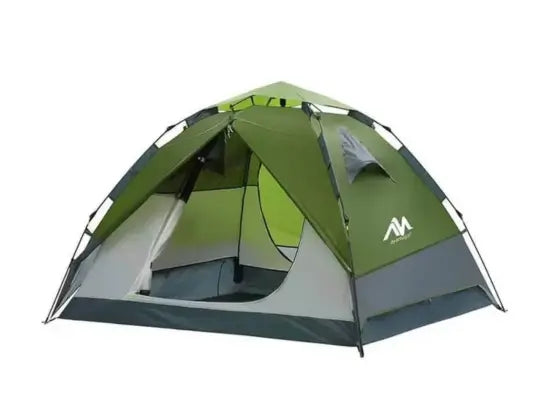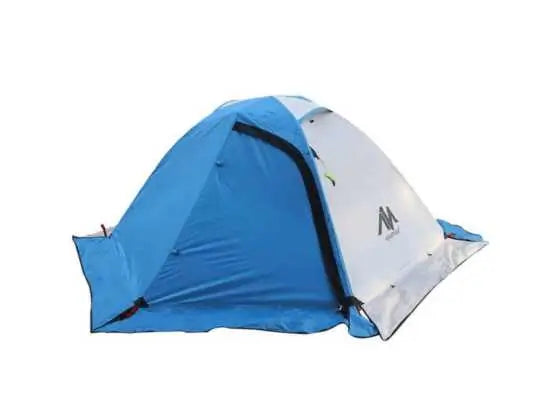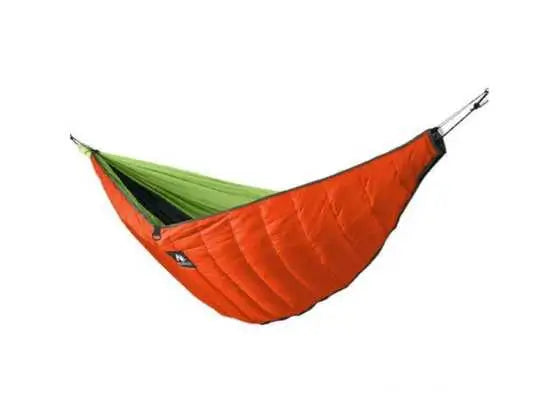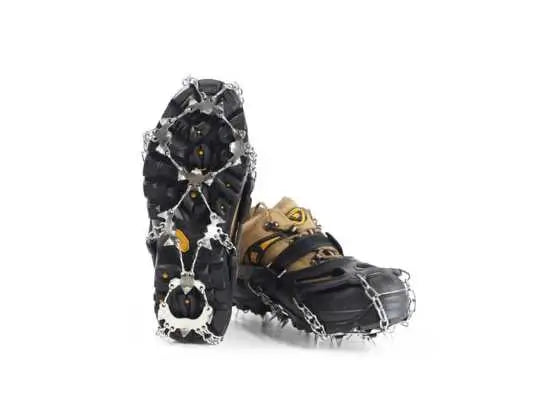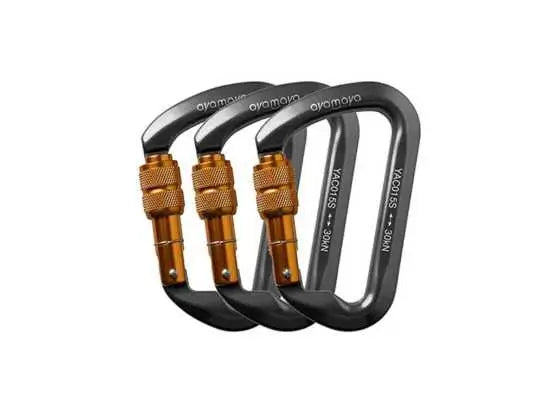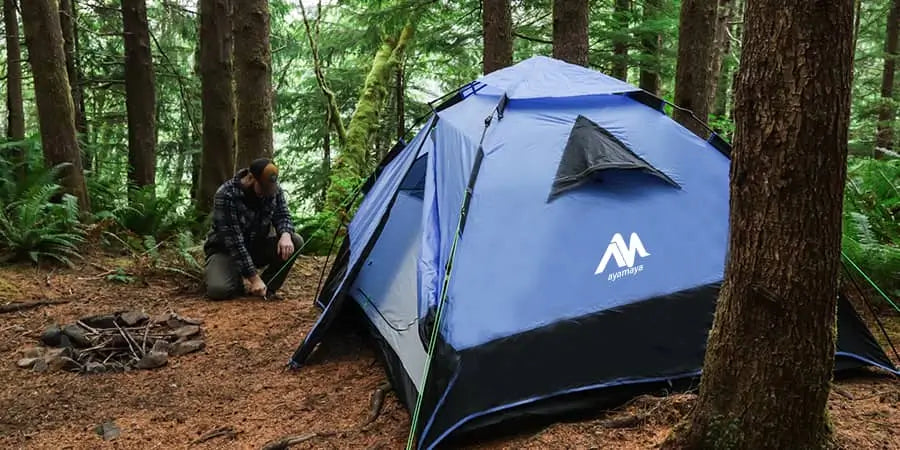Many situations will force you to consider one of the headlamps available in the market. Of course, as a camper, you will be setting up your tent anytime even when it’s night. Some will be running around during the dusk, or you just find something to do at night and the headlamp becomes a necessity.
There is a specific criterion that comes in handy when choosing a headlamp. One ought to pay attention to specifics that define a headlamp. Among the lead factors that will come in handy includes the beam distance, how long the headlamp will run, the degree of brightness weight and the size. The article will deliberate on these specifications, so hold on and keep reading for the real insights today’s headlamps nearly exclusively employ LEDs as their light source. LEDs are durable, economical to run, and have a long lifespan.
What distinguishes one headlamp from another, then? How do you make buying decisions? Several key factors distinguish headlights as you can see from the amazing AYAMAYA rechargeable headlamp.
Headlamp brightness (Lumens)
Now the first thing that you will want to consider is the level of brightness which is referred to as lumens. Lumens are a unit of measurement that represents the entire amount of light that a light source emits in all directions. A light with a high lumen count typically uses energy more quickly than a light with a low lumen count.
So the brightness of the light increases with the lumens? In most cases, yes—but not always. How those lumens are used depends on how skillfully a headlamp manufacturer concentrates and directs that light.
You will find three types of headlamp brightness which include flood, spot and double.
Flood (or Wide): One of the common headlamps that have become the camper’s favorite. It is good for reading, doing small-scale repairs, and routine camp chores. Flood beams typically don't cast much light across a large area.
Spot (or Focused or Narrow): A spot Headlamp can be said to be best for a specific purpose, such as walking the trail. This narrow beam makes it easiest to examine distant objects. This is typically a better option when navigating a trail at night.
Flood/Spot: when you need a flexible headlamp, it will be best to consider a double one. The most adaptable headlamps are adjustable ones.
USB or battery power

Always think about how you’ll replenish your light. A rechargeable light is a terrific choice if you're searching for a headlamp for weekend adventures, night runs, or dog walks. But if you're planning to travel the world with a backpack, a light that utilizes a common battery is a wise choice.
Since lithium batteries function better in cold temperatures than alkaline batteries do, headlamps made to work with lithium cells are a suitable option for cold-weather use, and you will have this as one of your considerations.
Rechargeable nickel metal hydride (NiMH) batteries function well in cold weather and with headlamps. Alkaline is excellent at maintaining its charge, therefore it's a good idea to carry them as backups for rechargeable batteries as they tend to lose power when left unused
Rechargeable lights:
The rechargeable headlamp light will offer you Quick and easy USB charging from practically any power source, including wall outlets, portable power banks, AC chargers, and solar chargers. Just remember the charging cable, especially if it requires a specific charger. It is simple to have full power available rather than using up all of the batteries.
Replaceable batteries:
AA or AAA batteries are widely available and offer immediate power. However, you will need to pack additional batteries, recycle old ones, and purchase new ones.
You may get the best of both worlds by using some headlamps that can be powered by batteries or USB.
Headlamp brightness levels/modes
The headlamp brightness is adjustable in many cases, you can regulate the light output, and even alter the colors to be red, or change it to any of your favorite colors.
If you will choose a regulated headlamp, you will have several benefits to enjoy. Regulated headlamps provide a constant brightness level for the duration of the batteries, as opposed to gradually decreasing as the batteries drain. This is a useful feature that is well-deservedly well-liked. While the feature is attractive, there is a shortcoming! A controlled headlamp's light can suddenly go out when its batteries run out. You might be forced to change batteries in the dark as a result. An uncontrolled headlamp's diminishing light serves as an early signal that the batteries are getting close to their expiration date.
Other features that may be worth when choosing a headlamp
Red-light setting
There is often a red-light mode on headlamps. Red light is suitable for use at night since it does not because our pupils to contract like white light can. It's astonishing how helpful a red-light mode is. Red light at night is less intrusive, making it ideal for reading in your tent or getting up to go to the bathroom without waking up your tent mates. Red light does not cause your pupils to contract in the same way that white light does, which also aids in maintaining your night vision. Additionally, it's useful for observing wildlife at night or for
Water repellent
All headlights offered for sale at REI are capable of withstanding some exposure to snow and rain. Waterproof. If it's rainy, do you intend to use your headlamp? Investigate waterproofness Electronics' water resistance is often graded on the IPX scale, which ranges from IPX-0 (no water resistance) to IPX-8 (essentially waterproof, though the manufacturer will define the parameters).

Tilt
The headlamp unit's ability to be raised and lowered is a good feature. It enables you to place the beam precisely where you need it. When reading by headlamp, this is extremely helpful.
Top straps, external battery packs
Some four-battery high-power headlamps place the battery pack on the back of the headband and connect the headlamp to the pack with a short wire. Although it lessens the burden on your forehead, it can feel awkward. Some variants come with top straps that can be removed to increase stability
On/off switches
Finally the on and off buttons are vital considerations when choosing a headlamp. Try out the buttons on the headlamps you're looking at in a store to see if you like how it changes between its settings (high to low, or vice versa). Additionally, several controls are locked to prevent accidentally turning on the headlamp when wearing a pack.
Conclusion
It may not be easy doing the hikes at night, erecting a tent camp or even walking along the trails without a headlamp. You need one, but of course, it doesn’t just come. You need a guide to help you pick the best. The tips aforementioned are relevant when choosing a headlamp. Consider it the best choice ever.

